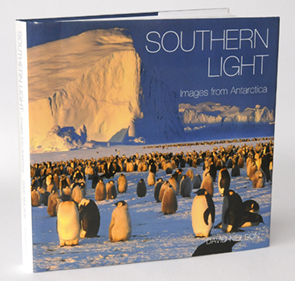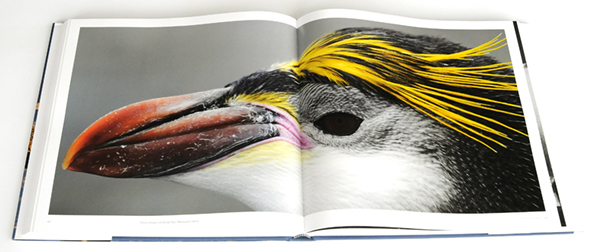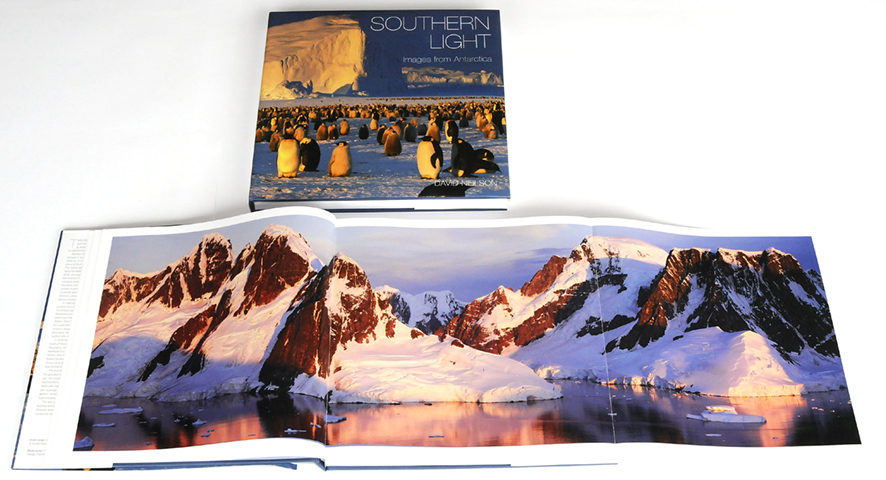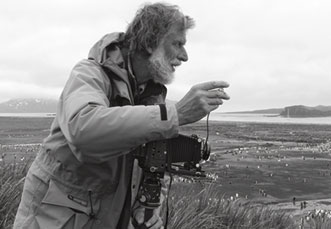

 |
 |
 |
SOUTHERN LIGHT Images from Antarctica THIS COLLECTION of striking images from Antarctica and the sub-Antarctic is the result of six journeys made by Australian photographer David Neilson on his quest to capture the exquisite light of these southernmost lands.
|
|||
 |
|||
DAVID NEILSON has taken photographs in a wide range of wild places including western Tasmania, Patagonia, Greenland, the Karakoram and Antarctica. Much of his early photography was undertaken during mountaineering and exploring trips and he was for many years an active rock climber. He has been the author and photographer for three books. South West Tasmania: A Land of the Wild was an early publication to highlight the threatened wilderness of western Tasmania. Wilsons Promontory: Coastal Wildness celebrated the beauty of one of Australia’s foremost national parks. Patagonia: Images of a Wild Land drew on his climbing expeditions to the Andes of southern South America. He has received an Antarctic Arts Fellowship from the Australian Antarctic Division and his Antarctic photographs have been used in various books and calendars and reproduced as posters. They were also used extensively in the joint Tasmanian Museum and Art Gallery and Museum of Victoria exhibition Antarctica – Secrets of the Frozen World. He worked for the Australian Conservation Foundation for ten years as a graphic designer and pictorial editor and his early working life was spent as a civil engineer. With his partner Karen Alexander he lives near Emerald to the east of Melbourne and runs the small photography and publishing business Snowgum Press. |
|||